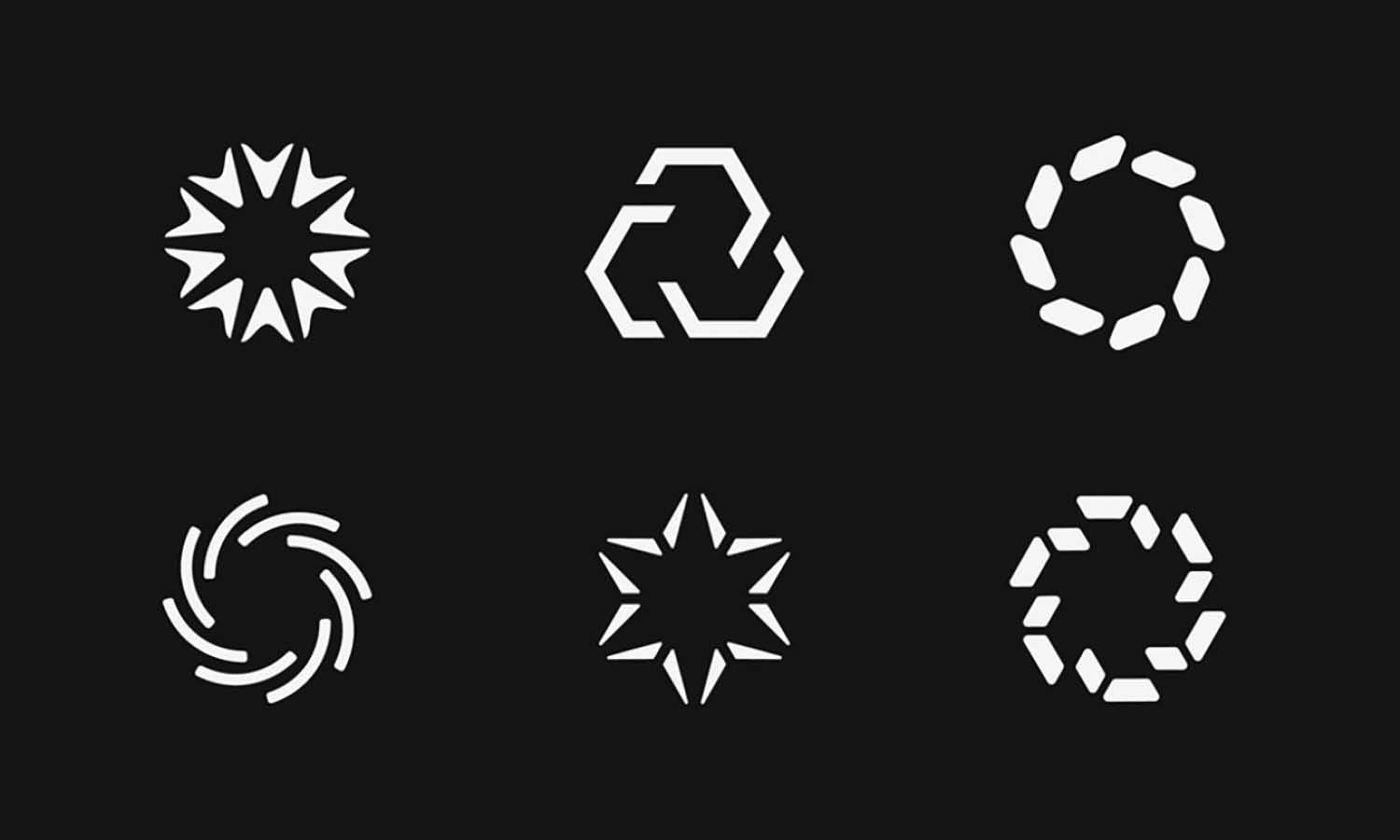How to Design the Perfect Logo for Your Education Website

Your logo is the face of your brand. It is the first thing people notice when they visit your website. A well-designed logo builds trust and creates a strong identity.
Have you seen the logos of big education brands like Coursera, Udemy, or Khan Academy? Their logos are simple, yet powerful. Just through the use of the right colours, they communicate professionalism and credibility.
Therefore, if you have an education or academic writing services website and you want it to stand out, you need a logo that does the same. But designing a logo can feel overwhelming. You may have the following questions in mind:
- What colours should I use?
- Should there be an icon?
- How do I make it look professional?
If you have the same questions in your mind, we are here to help. This guide will help you design the perfect logo for your education brand. Let’s see how.
Step-By-Step Guide On How To Design The Logo
Follow our guide and design a captivating logo for your education website, from offering courses to essay writing services.
Step 1: Understand Your Brand Identity
Before you start with the design process, you need to be clear about your brand identity. Think about what the purpose of this particular website would be. Who will be the target audience: students, teachers, or parents? What message do you want your logo to convey? Do you want it to show trust or creativity?
For example, if your website provides online courses for kids, your logo might be playful and colourful. If your platform is for university students, it might look more professional and modern.
Step 2: Choose the Right Colours
Colours play a huge role in branding. They affect how people feel about your website. Stick to 2-3 colours to keep your logo clean and professional. You don’t want too many colours cluttering your design.
Here are some common colour meanings:
- Blue – Trust, professionalism, reliability (Used by LinkedIn, Facebook, and many education platforms)
For instance, Research Prospect is an academic writing services website that uses blue in its logo to demonstrate education and professionalism.
- Green – Growth, learning, success (Great for education websites)
Buy Assignment Online is yet another website that uses green to represent learning.
- Yellow – Positivity, creativity, enthusiasm (Ideal for kids’ education sites)
- Purple – Wisdom, imagination, inspiration (Used by many creative brands)
- Red – Energy, excitement, action (Works well for calls to action)
EssaysUK uses a shade of red in its logo and all over its website, especially for CTAs.
Step 4: Pick the Right Font
Fonts matter just as much as colours. They affect how people perceive your brand. Avoid overly decorative or hard-to-read fonts. Your logo should be clear, even at a small size.
Here are some good font choices for an education website:
- Sans-serif fonts (like Arial, Roboto, or Montserrat)
- Serif fonts (like Times New Roman, Georgia, or Merriweather)
- Handwritten fonts (like Pacifico or Comic Sans)
Step 5: Keep It Simple
Simplicity is key in logo design. Look at the logos of famous education brands. Most of them are simple and easy to recognise. Take a look at this logo of Coursera:
Easy to read font and nothing complex. Use of the colour blue to showcase professionalism.
A cluttered logo is hard to remember. Avoid too many details, excessive colours, or complex graphics. Your logo should look good even when shrunk down to a small size.
Think of Google Classroom’s logo. It’s just a simple blackboard with a person icon. Yet, it’s instantly recognisable.
Step 6: Make Sure that It Is Scalable
Your logo must look good everywhere, from large banners to tiny profile pictures. Test your logo in different sizes. If it loses clarity when resized, simplify it further.
Your logo will appear in different places, including but not limited to:
- Website header
- Social media profiles
- Mobile apps
- Business cards
- Marketing materials
Step 7: Test Different Variations
No one gets the best idea the first time. So, do not settle on your first design. In order to make sure that your logo is alluring, create multiple versions and get feedback. A fresh perspective can help you spot design flaws you might have missed.
You can show your logo to colleagues or users. Moreover, you can ask for honest opinions and ask questions like, Does it look professional, or is it easy to read?
You can make adjustments based on the feedback.
Step 8: Use Free or Paid Logo Makers
If you are not a professional designer, there is no need to worry. There are many free and paid tools like Canva and Wix Logo Maker that can make the process easy for you.
Step 9: Save Your Logo in the Right Format
Once your logo is ready, save it in the correct formats:
- PNG – For online use (transparent background).
- SVG – Scalable vector format (keeps quality at any size).
- JPG – Good for general use, but not ideal for logos.
- PDF – Useful for printing and marketing materials.
Conclusion
A great logo sets the foundation for your brand. Take your time and experiment to create something that truly represents your education website. Go ahead and start designing.















